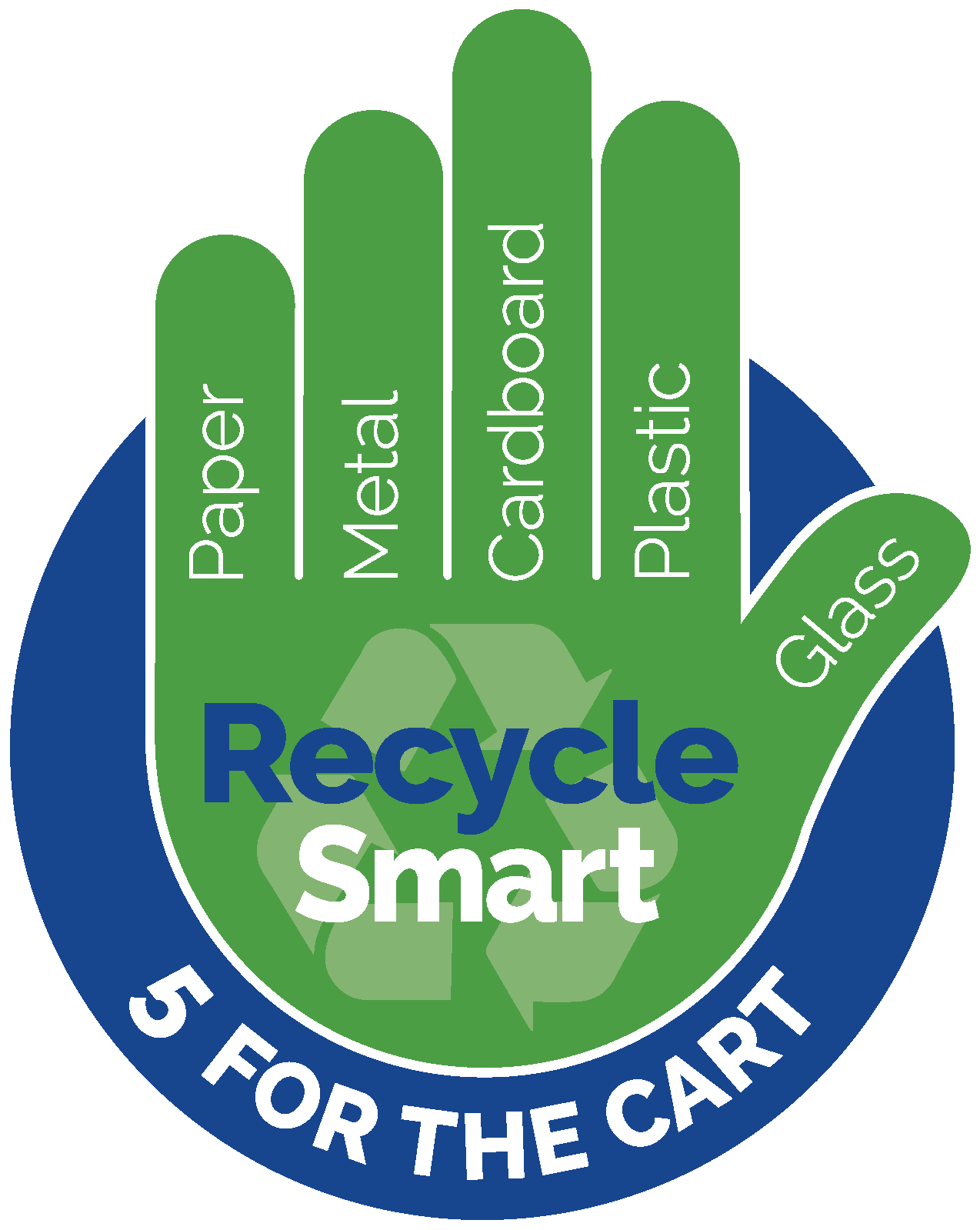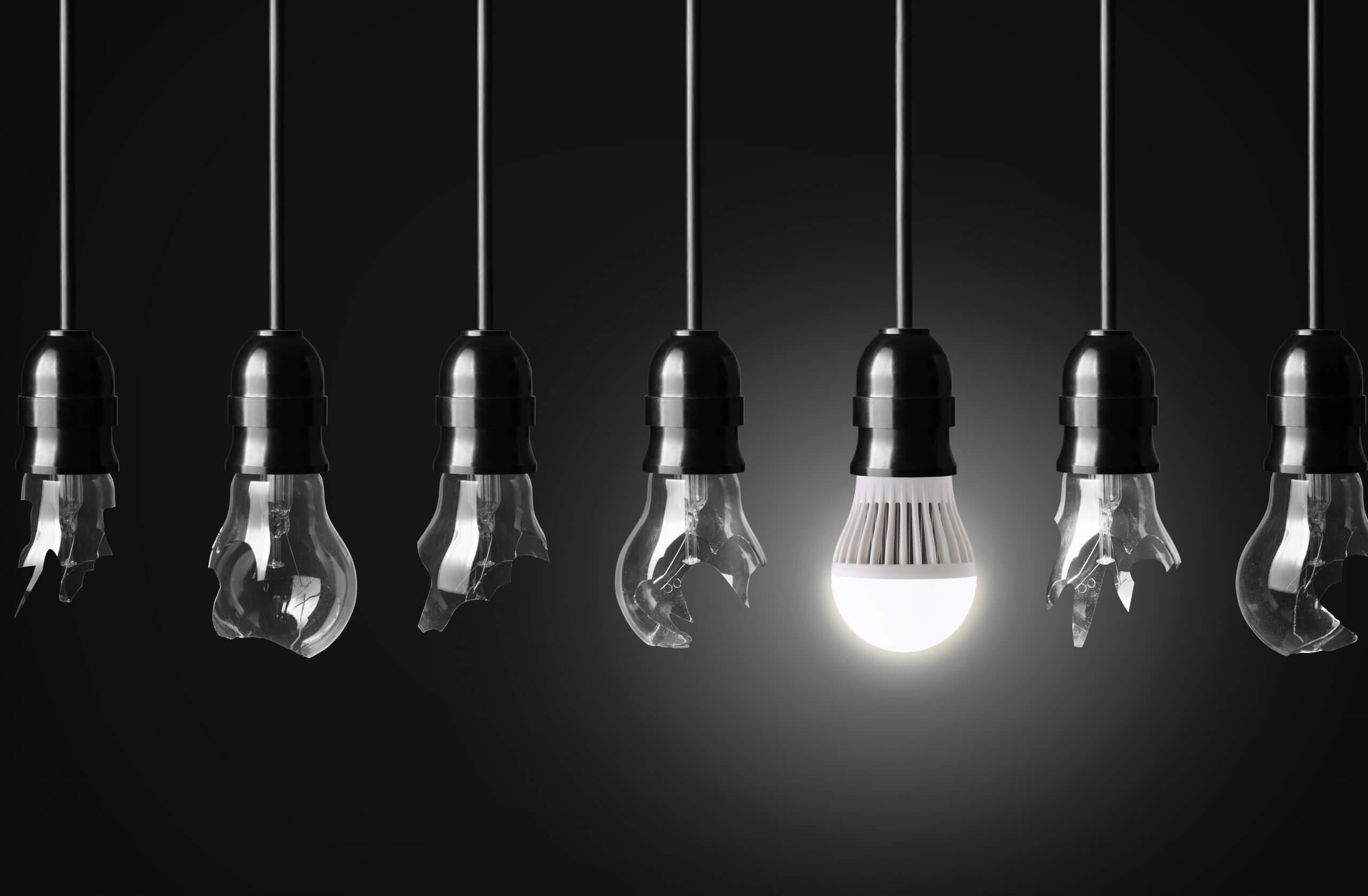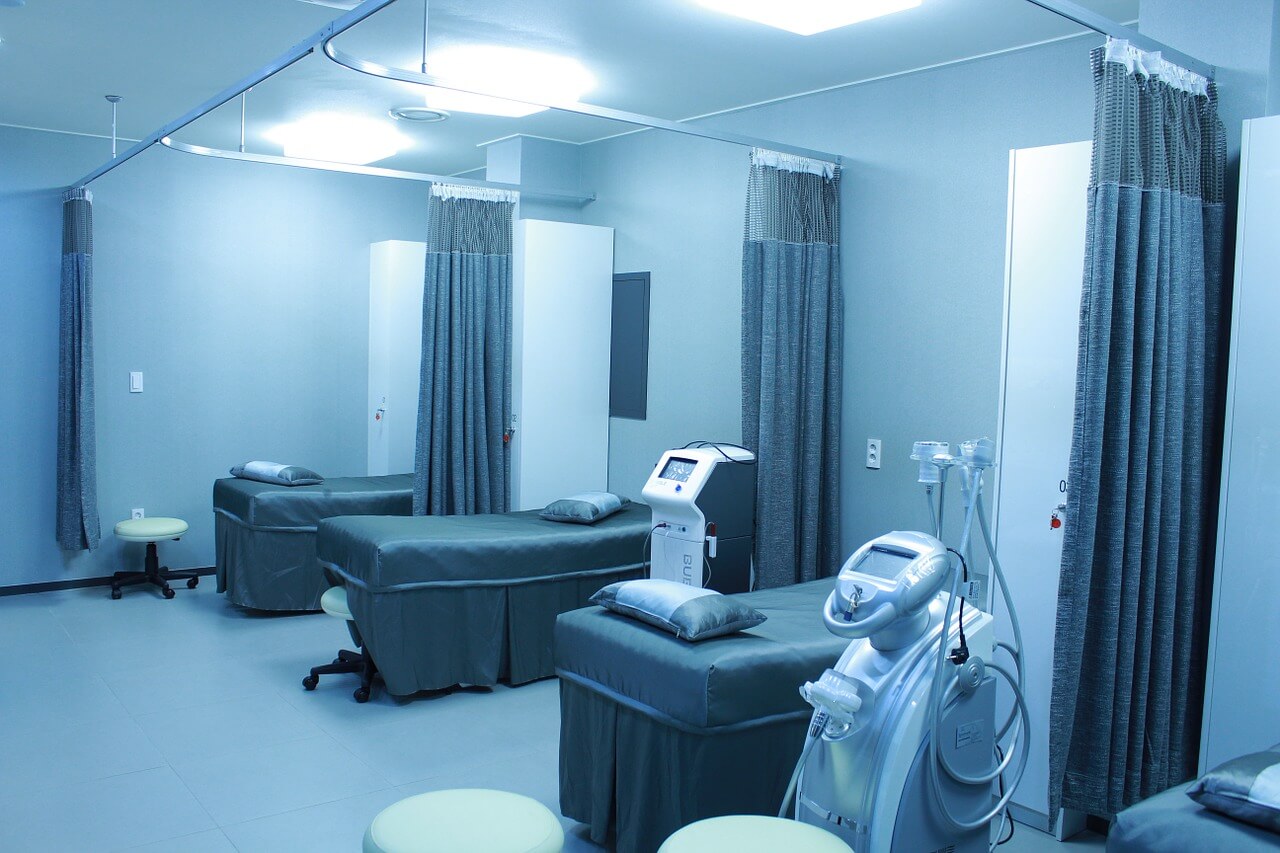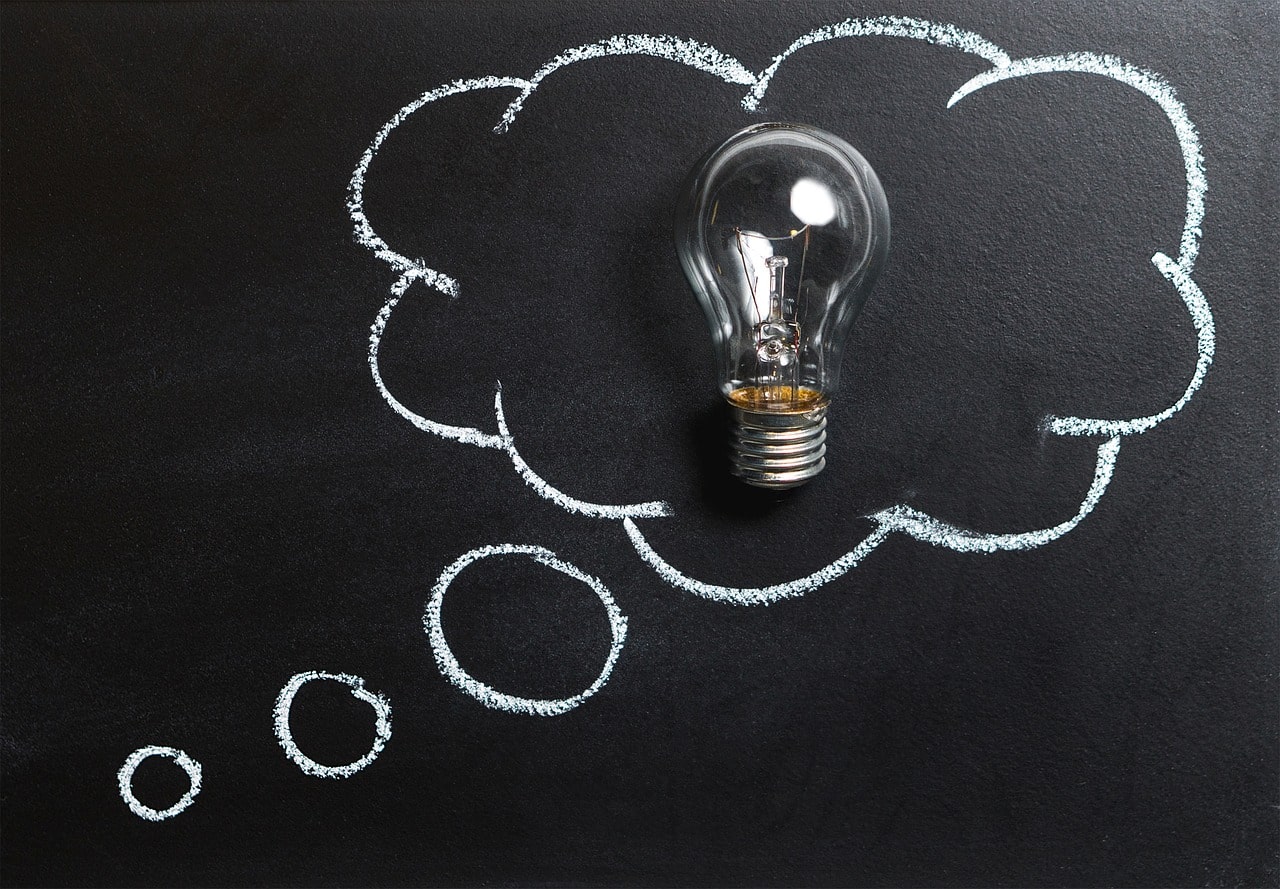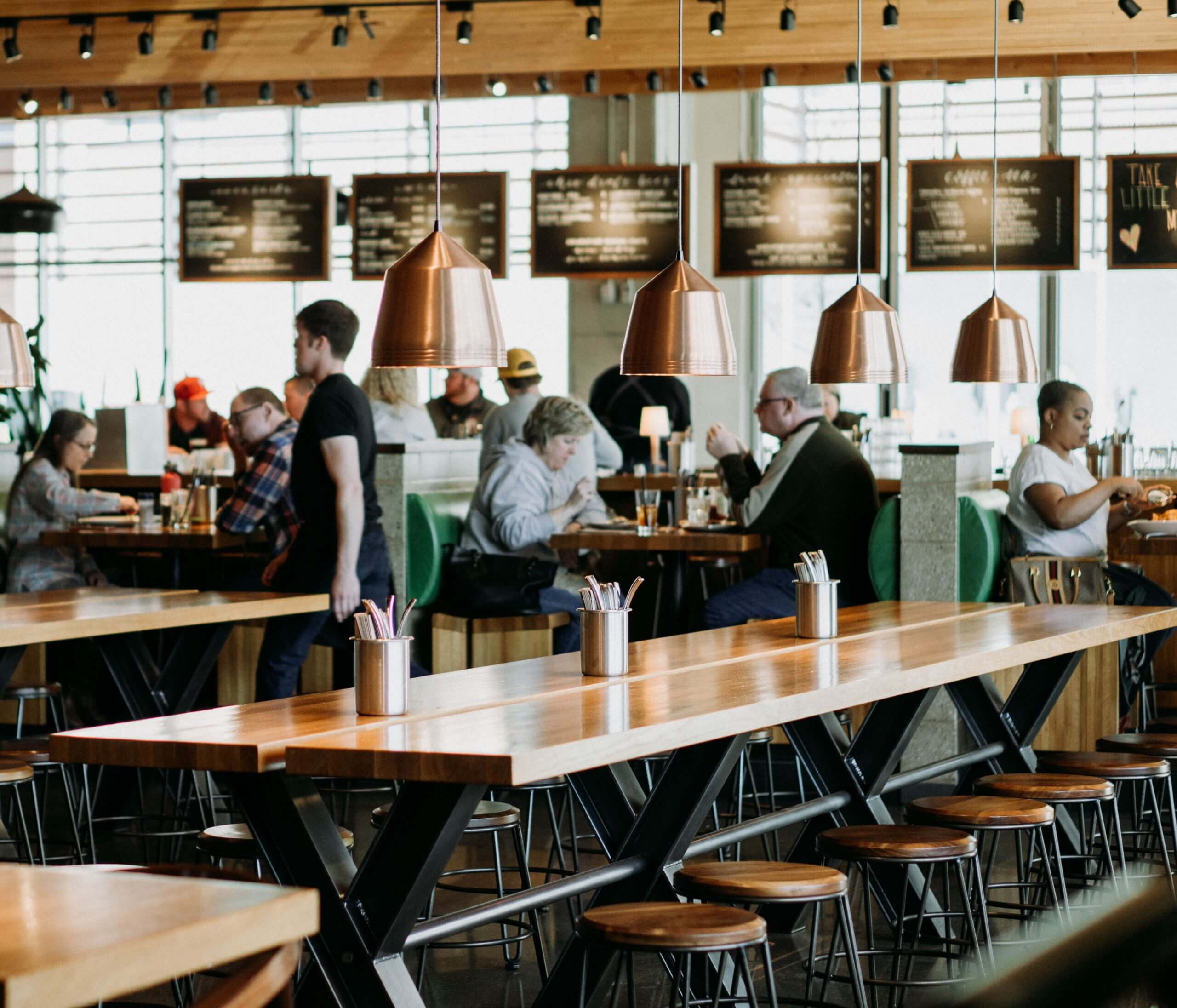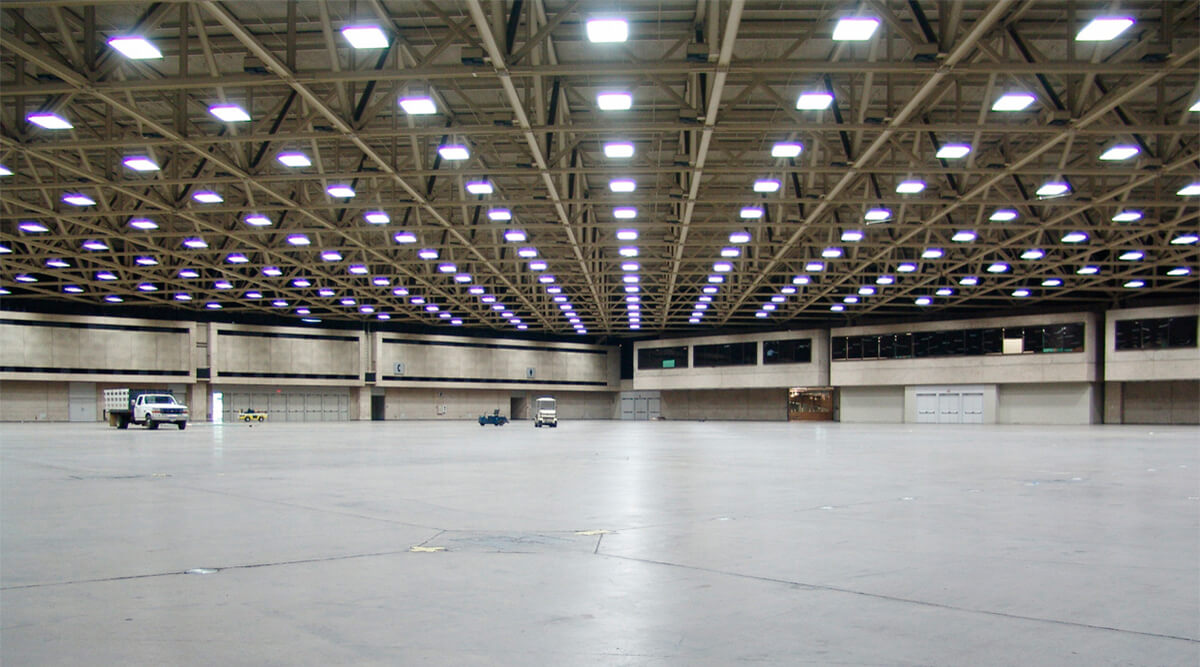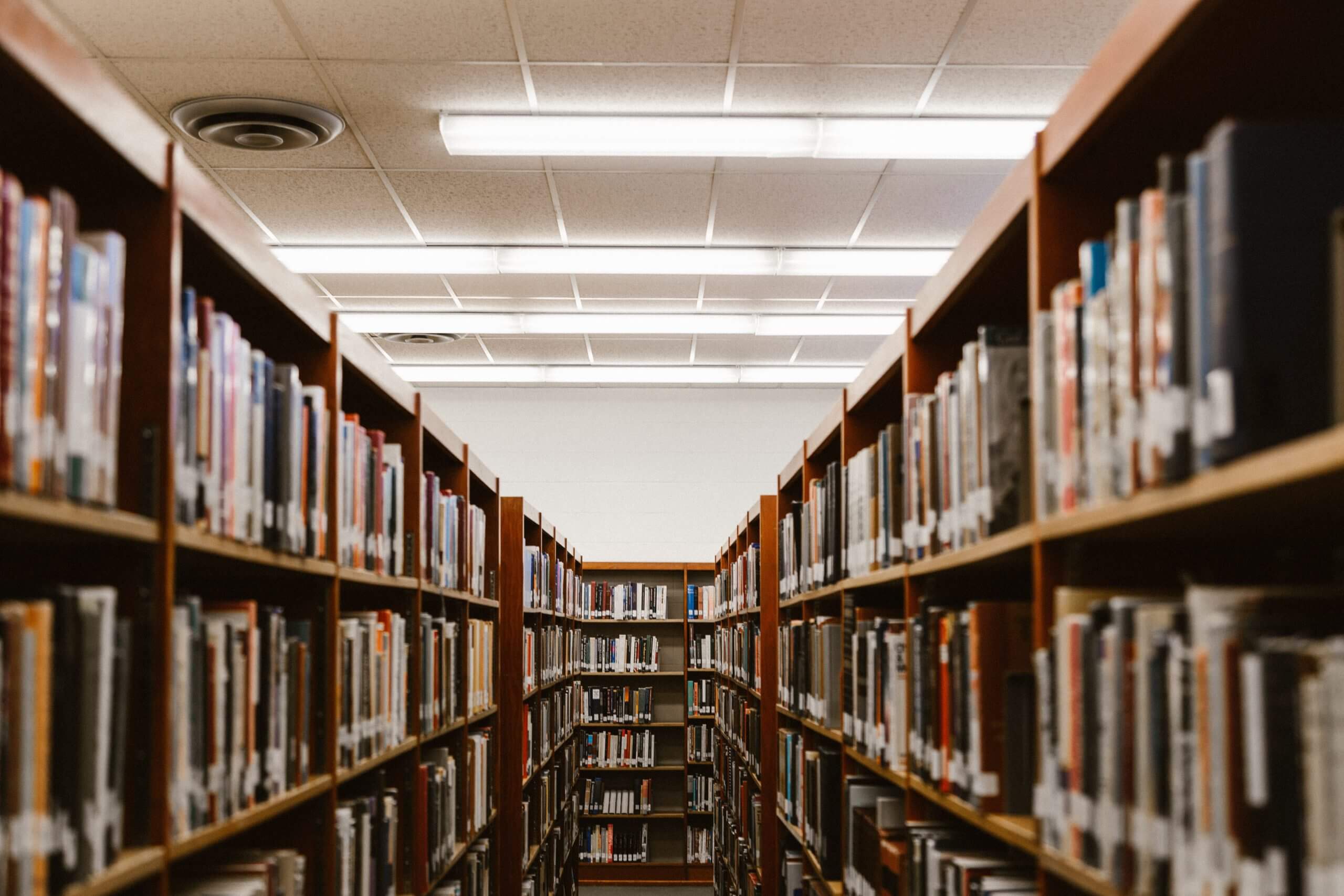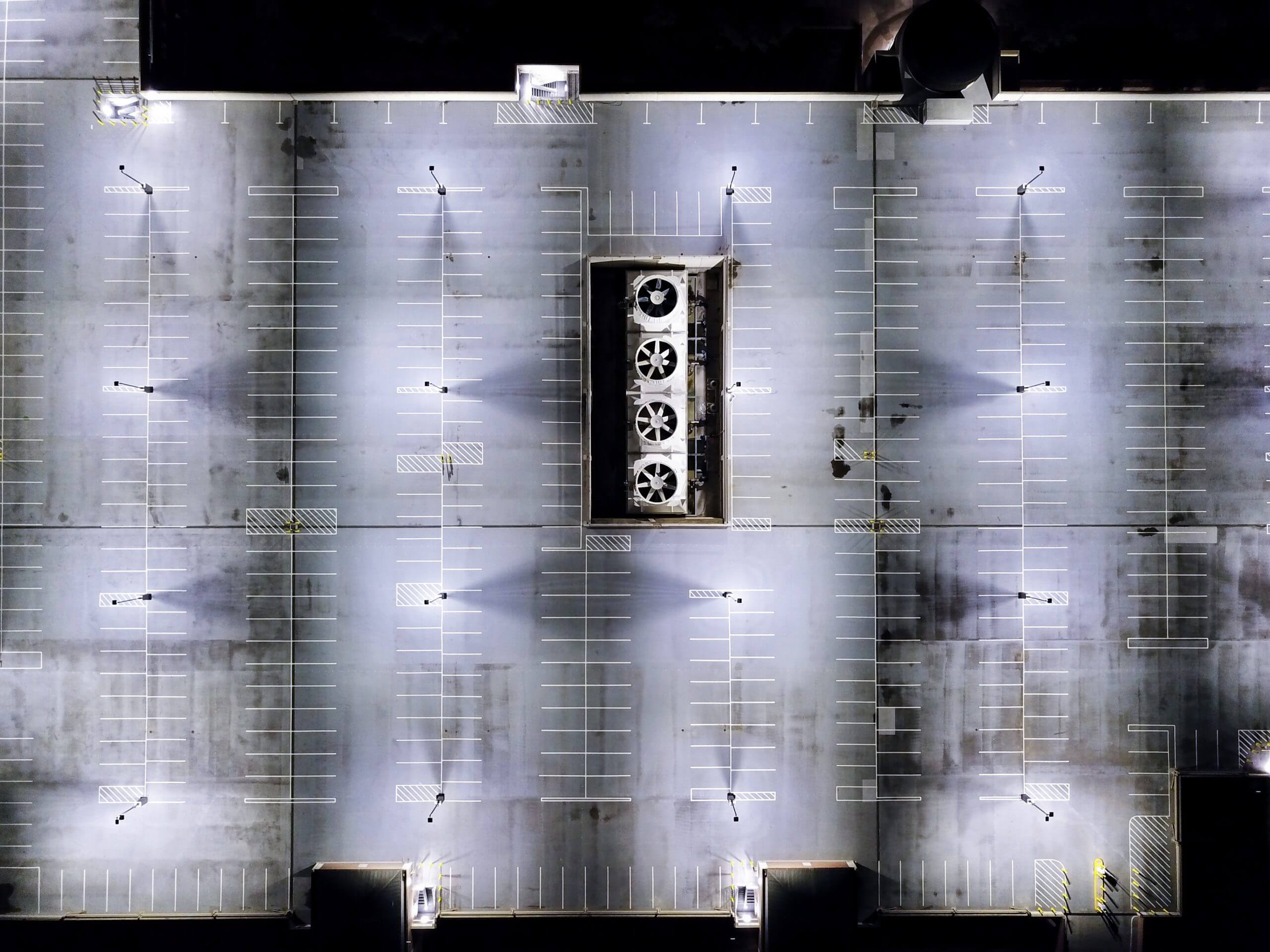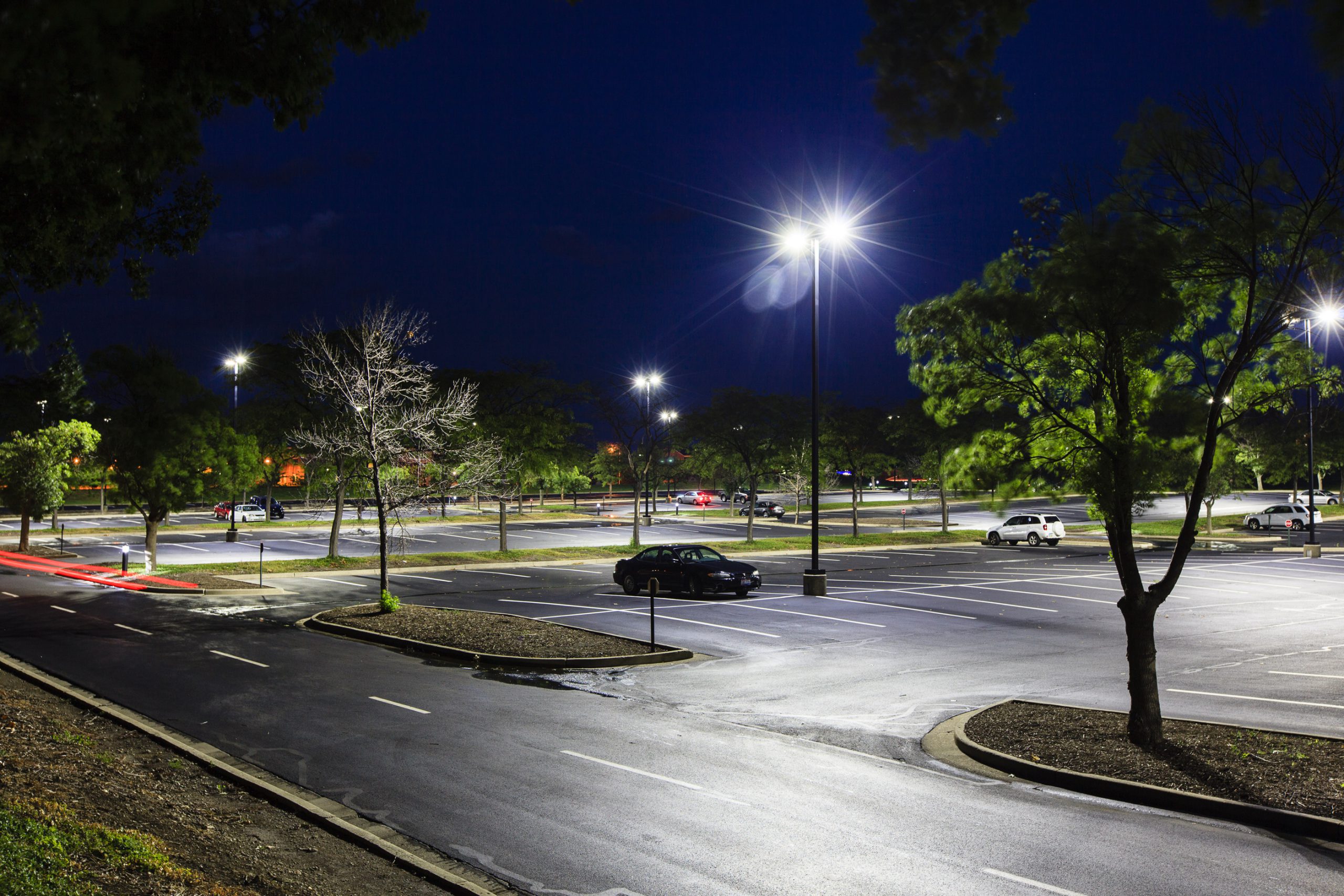Recycling is an important practice in today’s society, when more and more animal species are becoming endangered, the oceans are filled with litter, just like much of our land. Businesses can be a pivotal force for good in the world by using recycling bins.
Have one recycle bin for paper, one for plastic, one for aluminum, and one for glass. These recycle bins should be available for customers and employees. Ideally, recycling bins are the only option and there is no option for trash. You will really make a positive difference in the world if you make the decision to recycle.
1. Money
Financial income is a benefit of recycling. For individuals who recycle electronics, they can earn a significant profit from doing so. For companies who recycle, the expenses towards waste disposal will be significantly decreased. It is actually more affordable to recycle than it is to use only trash cans.
2. Conservation
Recycling conserves limited resources. Recycling paper will save a huge amount of trees. For instance, according to the Pennsylvania Department of Environmental Protection, approximately 8.2 million trees were saved simply by recycling paper.
3. Energy Efficiency
Recycling is energy-efficient. Take aluminum cans, for example. You can make twenty aluminum cans from recycled material with the same amount of energy it takes to make one brand-new aluminum can, according to http://www.pacebutler.com/
4. Community
Recycling brings people together. A growing amount of the population is concerned about the environment and wants to be involved in creating positive change. There are a lot of groups geared towards recycling, where like-minded people come together to do just that. Businesses could have a huge impact on their customers through recycling practices and programs.
5. Job Creation
Recycling creates more jobs than garbage does. Here are some statistics: 10,000 tons of waste creates one job, 10,000 tons of landfill creates six jobs, and 10,000 tons of recycling creates 36 jobs. To learn more, check out this fantastic article: http://www.

